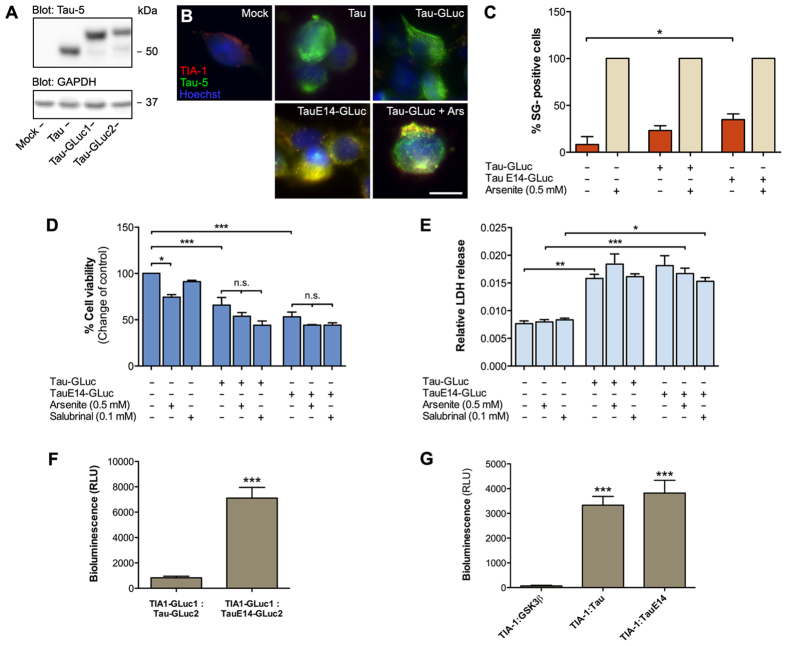Figure 1. Transfected and internalized extracellular Tau differ in their ability to associate with stress granules.
(A) Expression of non-tagged Tau, Tau-GLuc1/2 and TauE14-GLuc1/2 in HEK293T cells as detected by Western blot. The blot picture was cropped from a larger original image, maintaining all the stained bands. (B) HEK293T cells transiently transfected with the above-mentioned constructs and stained with Tau-5 (green) and TIA-1 (red) antibodies. Arsenite (0.5 mM for 30 min) was used as a positive control for induction of stress granules. (C) Quantitative analysis of stress granule formation. Stress granule-positive cells were counted among the Tau-transfected cells. Arsenite treatment promoted stress granule-formation in all cells while only some Tau-transfected, and more efficiently TauE14-transfected, cells contained stress-granules (n = 3). (D) Resazurin-based cell viability assay with HEK293T cells transiently transfected with the Tau constructs. Salubrinal and arsenite were used as positive controls for stress granule induction (n = 4). (E) LDH release assay in HEK293T cells transfected with the Tau constructs and treated with salubrinal and arsenite as positive controls (n = 4). Relative LDH release was calculated from the ratio of LDH in the media and total LDH (from media and the cells). (F) Protein-fragment complementation assay (PCA) in HEK293T cells transiently transfected with TIA-1-GLuc1, Tau-GLuc2 and TauE14-GLuc2 (n = 3). (G) PCA-based coplating experiment to study cell-to-cell transfer of Tau. Batches of HEK293T cells were separately transfected with a single PCA construct (TIA-1-GLuc1, Tau-GLuc2, TauE14-GLuc2 or GSK3β-GLuc2 as a control), followed by replating the cells in various combinations 24 h post-transfection (n = 3). Scalebar = 10 μm; average +/−SEM is shown; ***p < 0.001; **p < 0.01; *p < 0.05.

